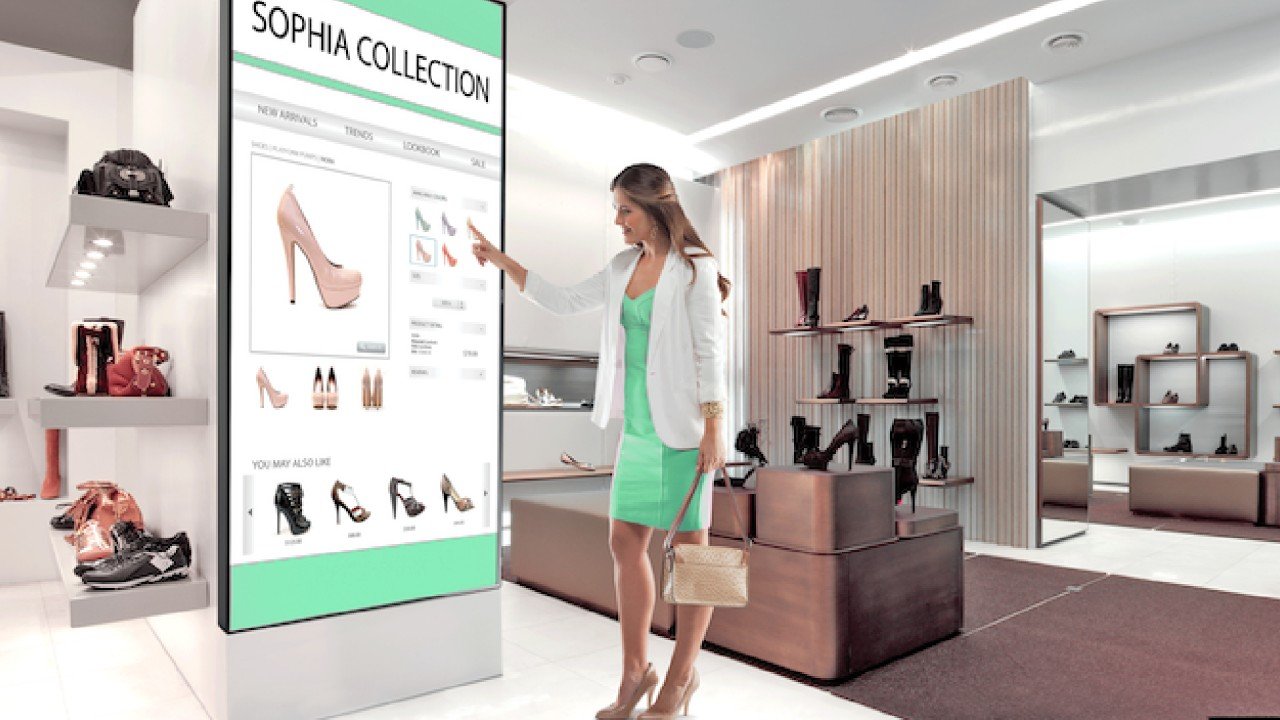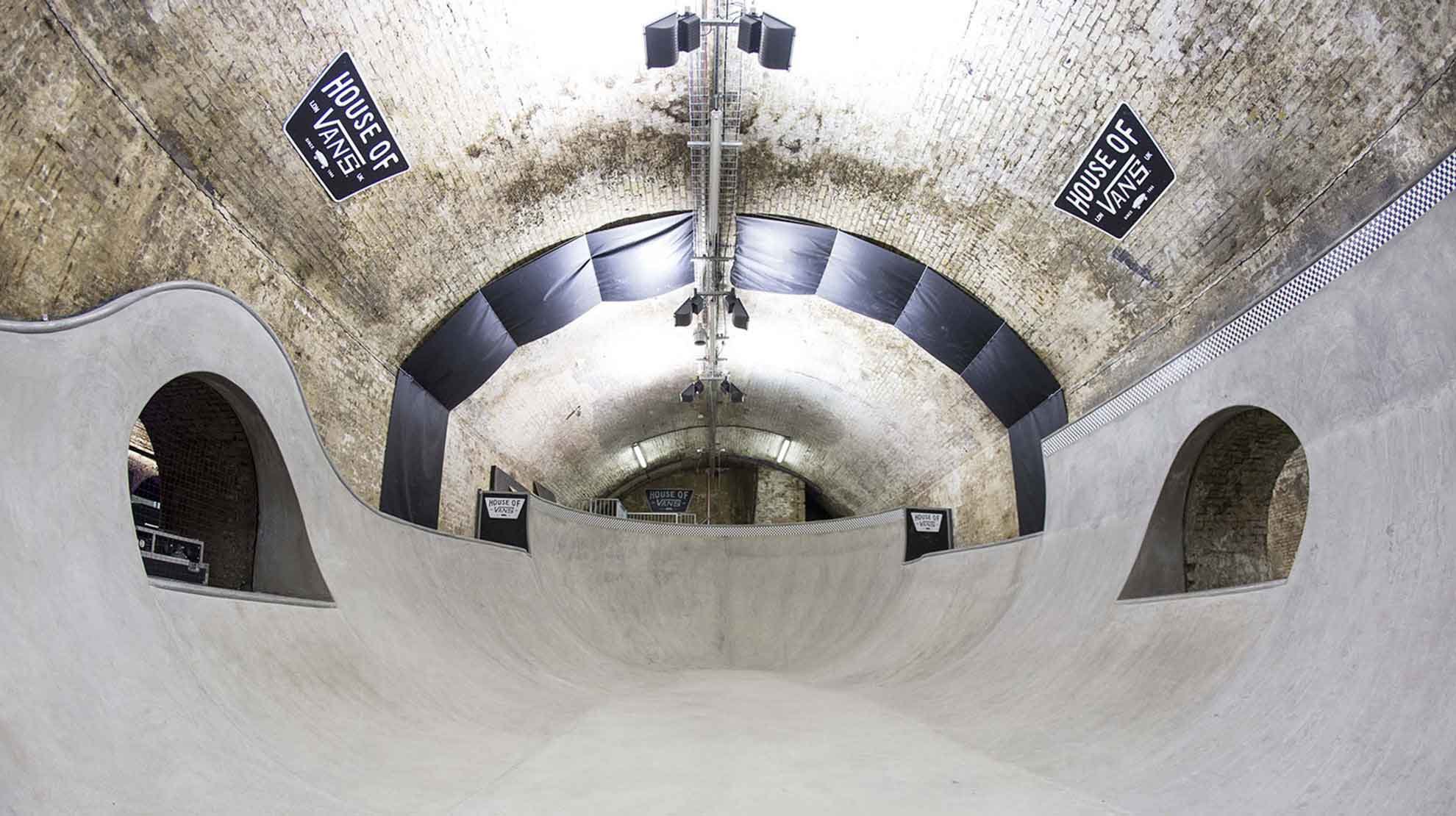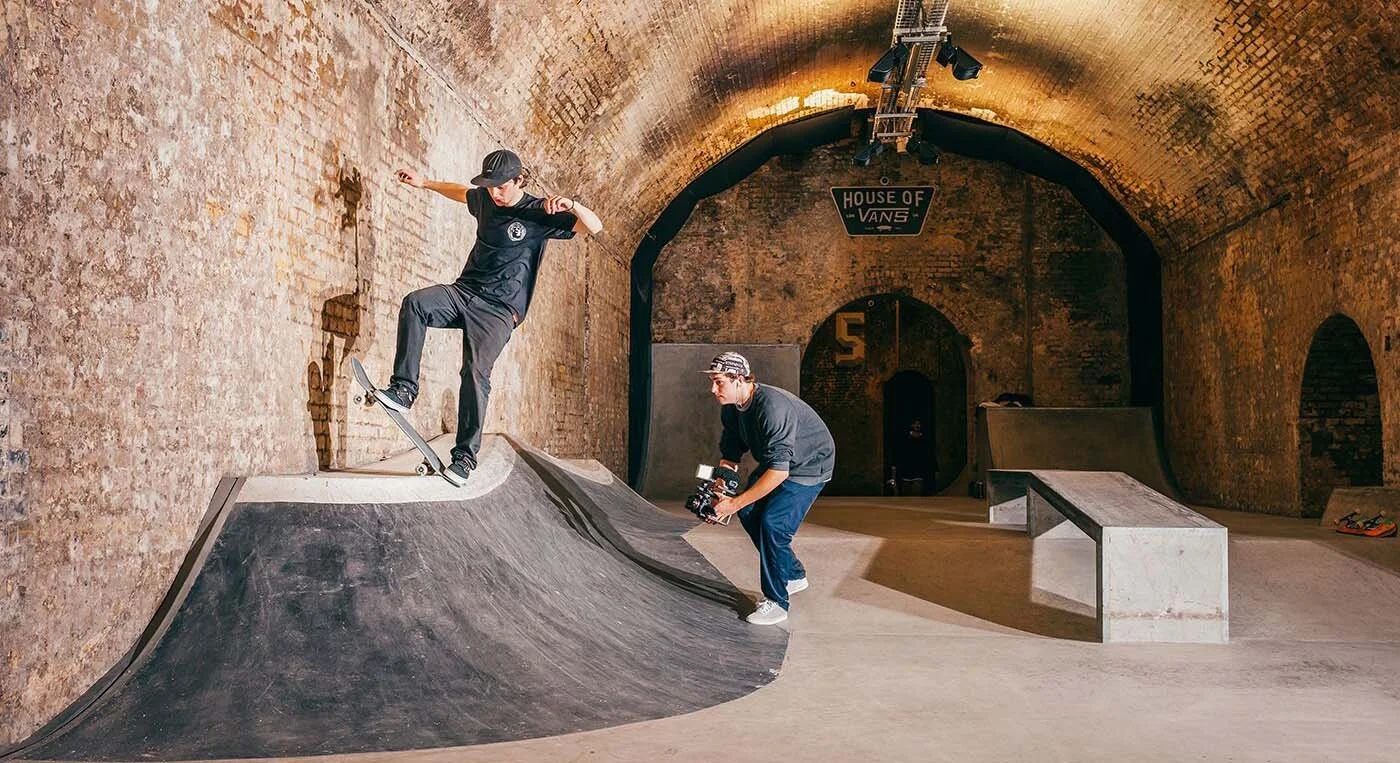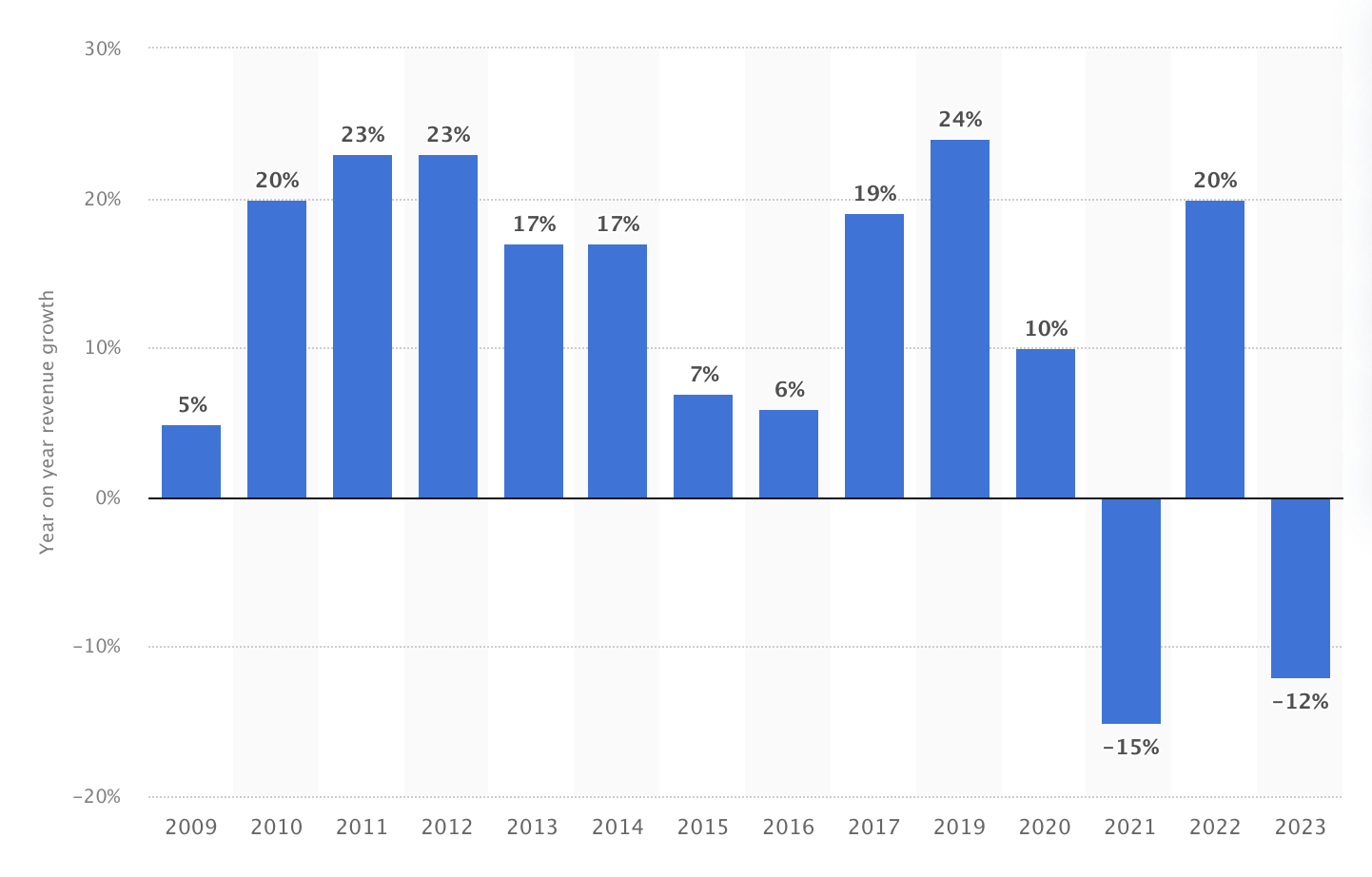Retailtainment
Creating an engaging shopping experienceIn today's fast-evolving marketplace, 'Retailtainment' is a groundbreaking concept redefining the shopping experience. This innovative approach, a portmanteau of 'retail' and 'entertainment,' transcends traditional shopping by integrating engaging activities, entertainment, and immersive experiences directly into the retail environment. An excellent illustration of this is in-store sampling, which allows customers to try free products. After all, who doesn't like free things?
The landscape of our everyday shopping experience has transformed from a simple, transactional activity to a more complex and engaging experience. With the rise of e-commerce, consumers are growing less keen on shopping in-store and are resorting to shopping online due to ease and comfort. However, this shift overlooks an essential human element: our inherent desire for interaction. To counteract the impersonal nature of online shopping, companies are devising out-of-box ideas that engage shoppers on a personal level to create the kind of customer engagement that would drive people back to the stores and put a smile on their faces.
A critical case study in the retailtainment campaign was from Vans, an American company known for producing skateboard shoes and related apparel. House of Vans, introduced in 2016 for the brand's 50th anniversary, aimed to offer a shopping experience that embodied youth culture. It provided a multi-faceted venue combining art, music, street culture, and fashion, complete with a cinema, cafe, live music stage, and art gallery. The most striking feature was the concrete skate ramp on the bottom floor. Vans knew their audience and consumer base and how to engage and motivate them to shop at their store. This is a perfect example of incorporating entertainment into retail and a great marketing strategy.
Figure 1: Vans’ annual revenue growth (2009-2023)
The success of retailtainment hinges on its ability to create a 'destination' rather than just a shopping location. It is about transforming the store into a place people want to go, spend time, and return to. For brands like Vans, the impact of such campaigns is evident, as shown in Figure 1. Vans experienced a significant increase in revenue growth, rising from 6% in 2015 to 19% in 2016. This growth underscores the influence of House of Vans on the company's income, implying heightened customer engagement.
To maintain this momentum, retailers must continue to innovate their retail entertainment strategies. It's not just about one-off events; it's about creating a consistent, evolving experience that keeps pace with consumer trends and preferences.
To further illustrate the concept of retailtainment, let's consider the international furniture giant, IKEA. IKEA has taken a unique approach by creating a store that is a room set up that customers can walk through and experience as if they were in their own homes. The placement of play areas enhances this immersive experience for children, Swedish food markets, and restaurants within the store, making the shopping trip enjoyable and memorable for the entire family. IKEA has even hosted sleepovers in specific locations, inviting customers to spend the night in the store. This innovative engagement keeps customers returning for the products and the unique experiences they encounter each time they visit.
Heidi Gordon, a shopper from Massachusetts, shares, "Love Ikea! Finally was able to get my daughter to take a trip there with me and now she is hooked. Great way to explore options for living spaces. Incorporating your ideas with many different ones. Great prices and just overall fun experience." Another customer, by the username 'birdy1978', shared their experience with 'Småland' - a supervised play facility, where parents can drop their child off for free: "My son aged 4 really enjoyed his 45 minute session during half term at the Exeter store. There was no queue, it was straightforward to get him registered and he was happy to be left despite not knowing anyone there. When I asked him what the best bit of his day was he said 'Småland'! He really loved the ball pit.". These testimonials highlight how IKEA's immersive experiences have not only satisfied but also delighted customers, turning everyday shopping trips into memorable adventures.
Both Vans and IKEA demonstrate the power of retailtainment and its potential to transform shopping from a mundane task into an exciting adventure that customers look forward to. As physical stores continue to battle the convenience of online shopping, retailtainment offers a compelling reason to step out the door and enjoy the experiential allure of in-person shopping.
Memorable experiences are often at the heart of retailtainment, which can foster a strong sense of brand loyalty. For instance, the Build-A-Bear workshop offers an interactive experience where children can customize and create their stuffed animals. This personalized experience is not only about buying a toy; it's about creating a cherished memory. Such experiences can turn a simple product into a treasured keepsake and a one-time buyer into a lifelong customer.




Technology integration has also been a significant factor in the evolution of retailtainment. Augmented reality (AR) and virtual reality (VR) are becoming increasingly popular, allowing customers to visualize products in their own space or immerse themselves in a completely different environment. Farfetch, an online luxury goods platform, has integrated AR into its in-person shopping experience, enabling customers to try on items virtually without physical contact, which helps streamline the customer's decision-making process.
Social media also plays a curious role in retailtainment by amplifying the reach of these experiences. When customers share their in-store experiences online, it creates organic brand promotion and can drive foot traffic to the store. For instance, when a customer shares a selfie with a unique store installation or participates in an in-store event and posts it online, this action does more than just document a personal experience. It is a personal recommendation to thousands of others, magnifying the store's reach and appeal. This organic promotion is invaluable, as peer recommendations often carry more weight than traditional advertising.
Additionally, by monitoring social media activity, brands can identify which aspects of their retailtainment offerings resonate most with customers, allowing for real-time adjustments and improvements. Moreover, social media's role extends to the pre-visit phase, where anticipation and buzz are built through teasers, behind-the-scenes looks, and announcements of upcoming in-store events or experiences. This preemptive engagement helps generate excitement and urgency. Finally, the concept of "Instragrammability" has emerged as a significant factor in in-store design, underscoring social media's role in retailtainment. By creating visually appealing and unique in-store experiences that customers are eager to share, brands can ensure that their retail spaces are not just places to ship but are also photo-worthy destinations that offer social currency in the digital age.
Looking to the future, advancements in data analytics will enable stores to make retailtainment even more personalized and immersive. Stores will tailor experiences to individual customer preferences, making every visit unique. The rise of experiential pop-up stores and brand collaborations can offer limited-time exclusive experiences that generate buzz and urgency.


